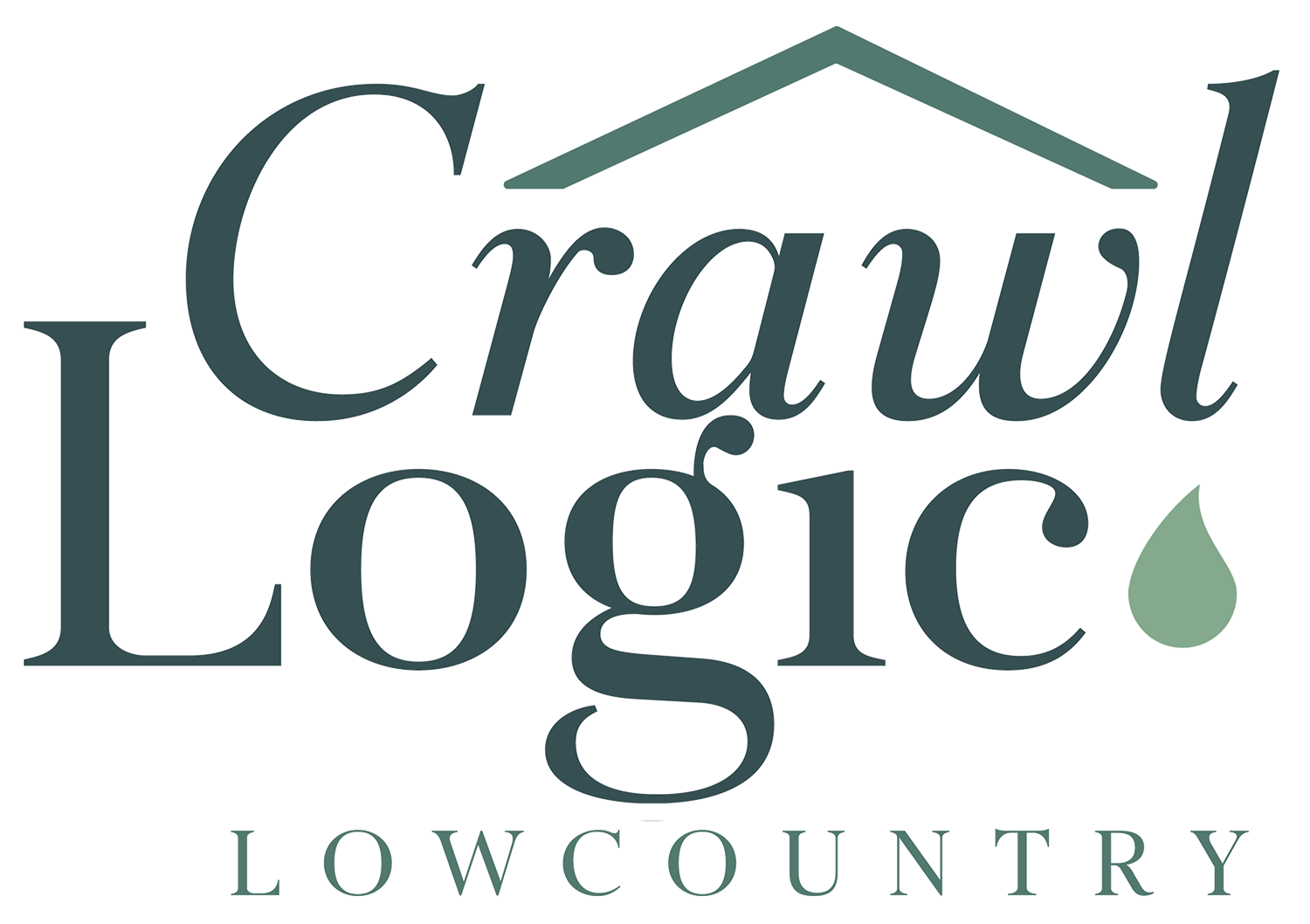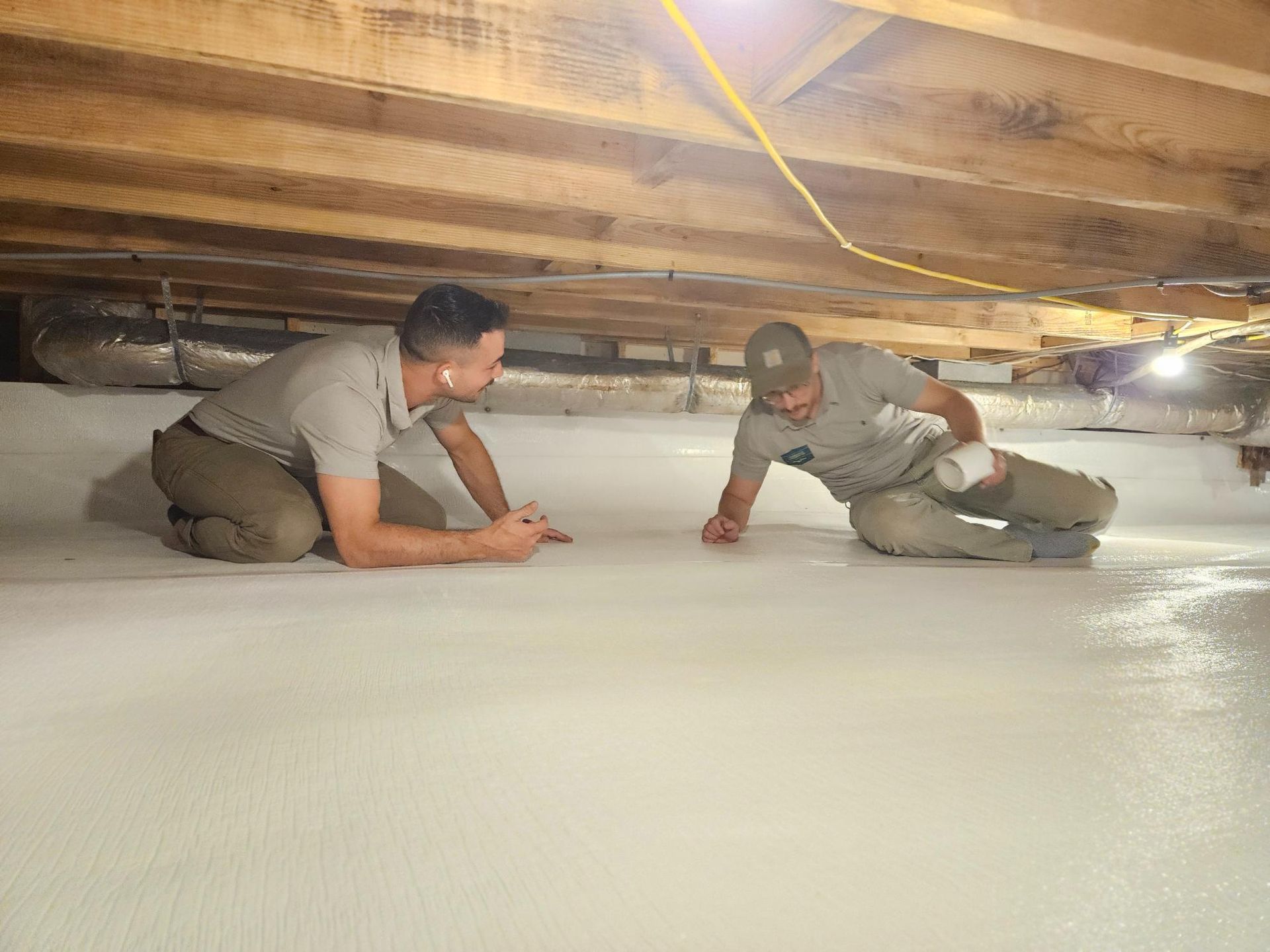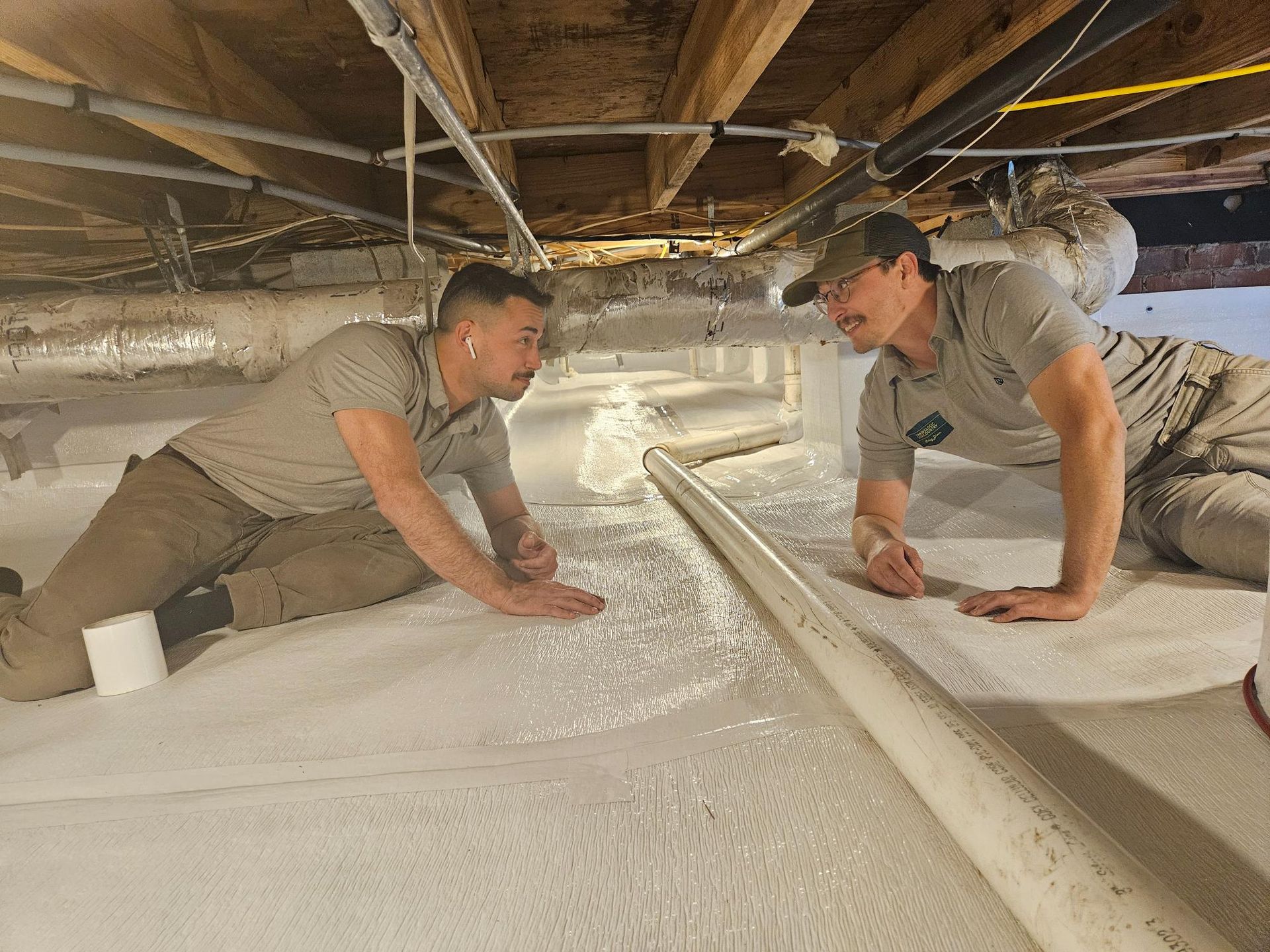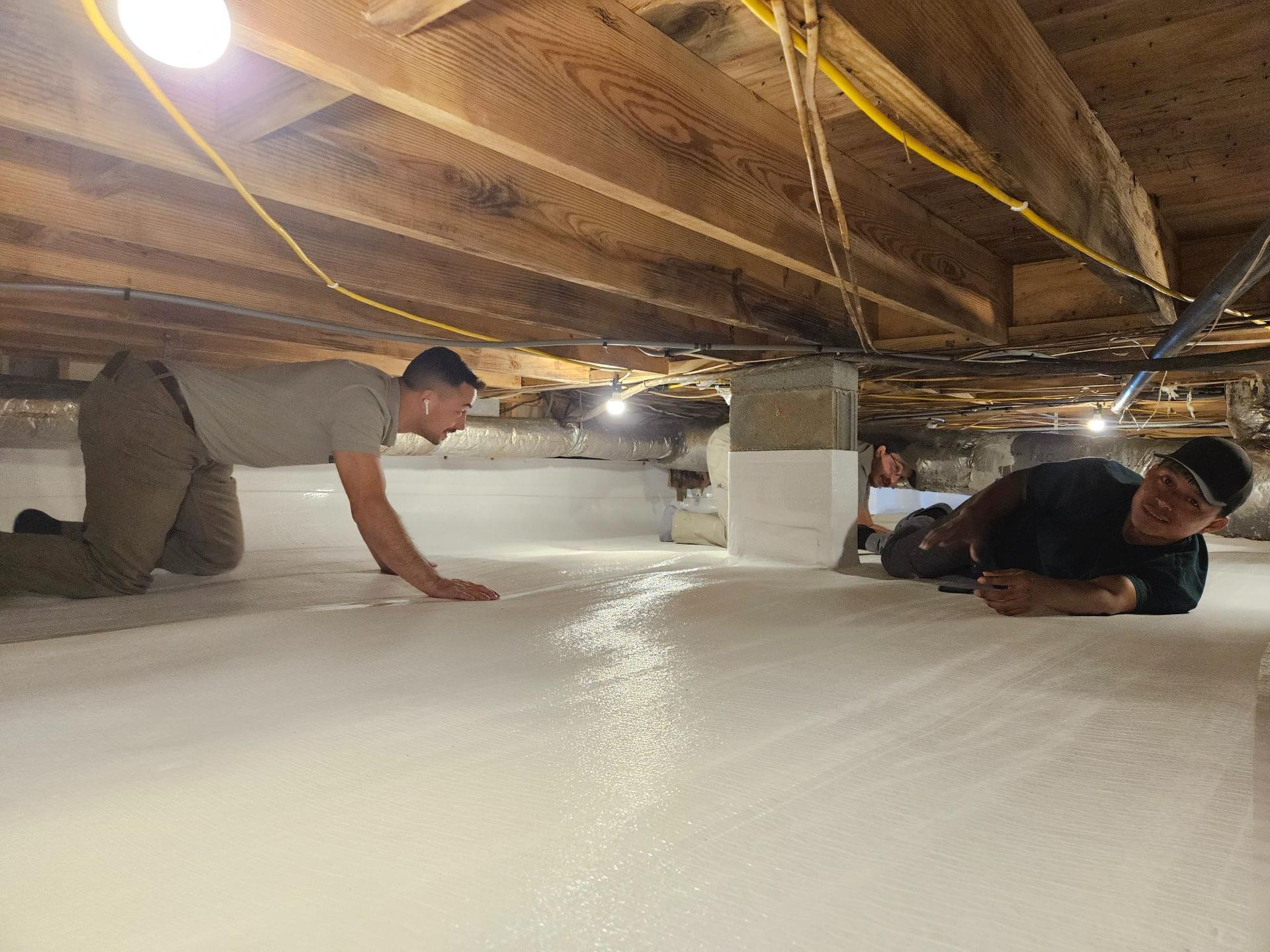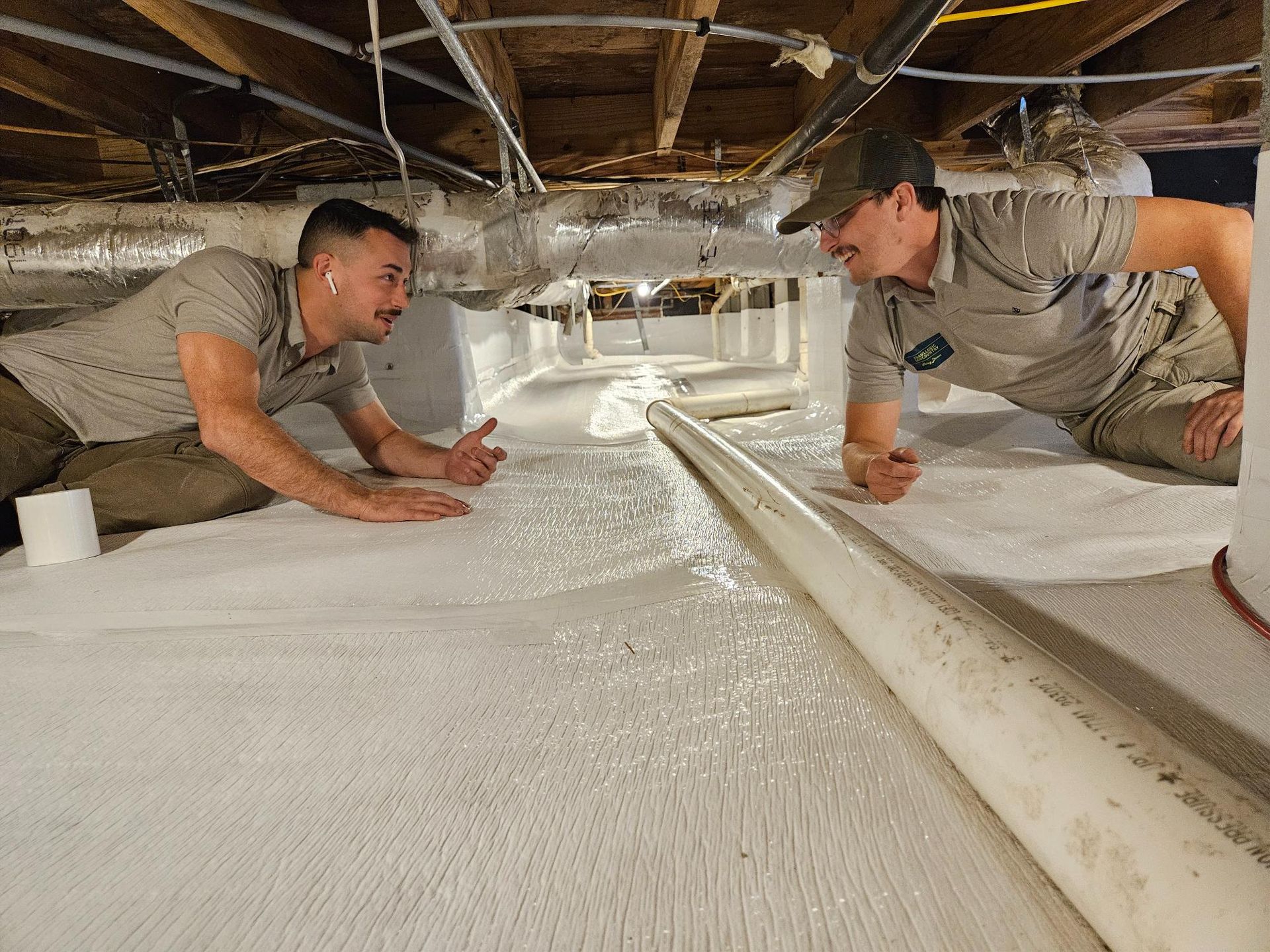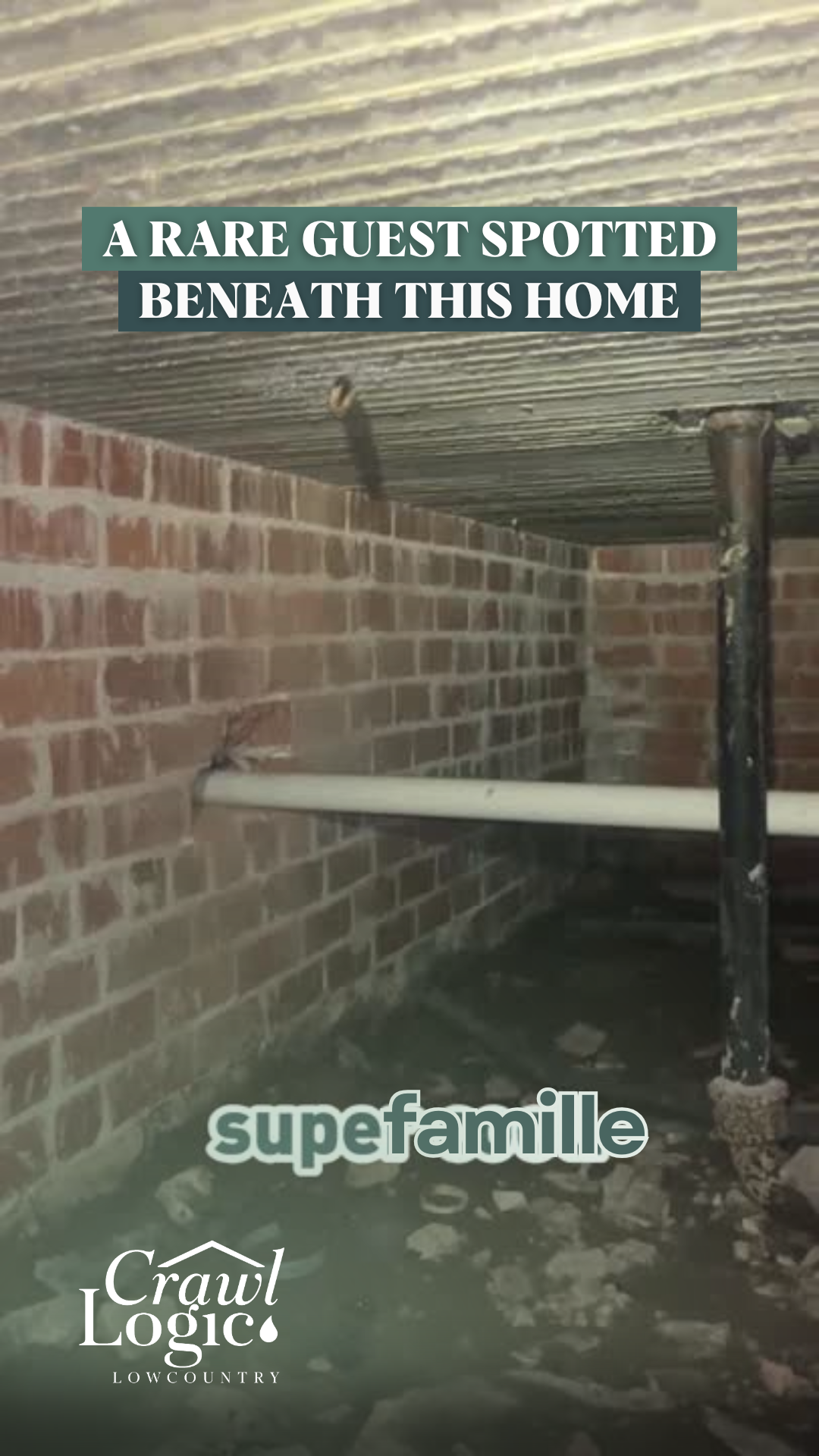Why Rushing Crawl Space Structural Repairs Could Cost You Double
Crawl Logic Lowcountry
The Consequences of Rushed Repairs
DON'T LET MOISTURE PROBLEMS DERAIL YOUR REPAIRS
Imagine spending thousands on crawl space repairs, only to have them fail within months.
It happens more often than you'd think here in the Lowcountry, and there's a simple reason why: contractors rushing to fix structural issues before dealing with moisture problems.
I see it all the time when quoting jobs in Charleston.
Homeowners show me estimates from other companies pushing immediate structural repairs.
But here's what those companies aren't telling you - if your wood is wet, those repairs are doomed to fail.
Welcome to Crawl Logic Lowcountry!
The Real Problem
When crawl space wood has high moisture content (around 25%), it's actually swollen.
This isn't just a minor detail - it's the key to understanding why so many repairs fail. Here's what's really happening under your house:
- Wet wood is larger than dry wood
- As wood dries, it shrinks and moves
- Any repairs made while the wood is wet will be misaligned once it dries
- Support jacks and braces end up in the wrong positions
- The expensive repairs you paid for become useless
Think about it this way: if you try to hang a picture on a wall that's moving, it won't stay straight for long. The same principle applies to structural repairs in your crawl space - but with much more expensive consequences.
The Industry's Rushed Approach
Most crawl space companies in the Lowcountry will walk into your home, spot some sagging floors, and immediately start talking about jacks, beams, and structural repairs. They're not necessarily trying to deceive you - they're just following the standard industry playbook.
The problem? That playbook is wrong. When companies install supports and jacks while your wood is still wet, they're essentially building on shifting ground. Your wood might be at 25% moisture content when they make the repairs, but what happens when it dries to a healthy 12%?
The Right Way: Moisture First
At Crawl Logic, we take a different approach. Before we talk about structural repairs, we need to:
- Test the actual moisture content of your wood
- Get your crawl space properly dried out
- Let the wood settle into its natural position
- Then determine what structural repairs (if any) are truly needed
This process might take a couple of weeks, but it's the only way to ensure repairs actually last. Often, we find that once the wood is dry, it needs less structural work than originally quoted - saving you thousands of dollars.
What Homeowners Need to Know
Before you agree to any crawl space repairs, ask these crucial questions:
- Has anyone tested the wood's moisture content?
- What's the plan for drying out the space first?
- How long should the drying process take?
- Will they recheck the structure after drying?
Red flags to watch for:
- Pushing immediate structural repairs without moisture testing
- Refusing to discuss moisture levels
- Promising same-day structural fixes
- Dismissing the importance of drying first
The money you save by doing things right the first time isn't just about avoiding double repairs - it's about protecting your home's long-term value.
Doing It Right
The truth is, fixing a crawl space correctly takes time and patience. But rushing into repairs before addressing moisture issues will cost you more in the long run - both in money and headaches. We've seen too many Lowcountry homeowners learn this lesson the expensive way.
That's why at Crawl Logic, we start every job with a thorough moisture assessment. We won't recommend structural repairs until we know they'll actually solve your problem, not just mask it temporarily. Sometimes that means telling you to wait - and we're okay with that. Your home deserves honest solutions that last.
Want to know what's really going on under your house? We offer detailed moisture inspections throughout Charleston, Mount Pleasant, and the surrounding Lowcountry area. Our team will check your wood's actual moisture content and give you straight answers about what needs to be done - and what doesn't.


